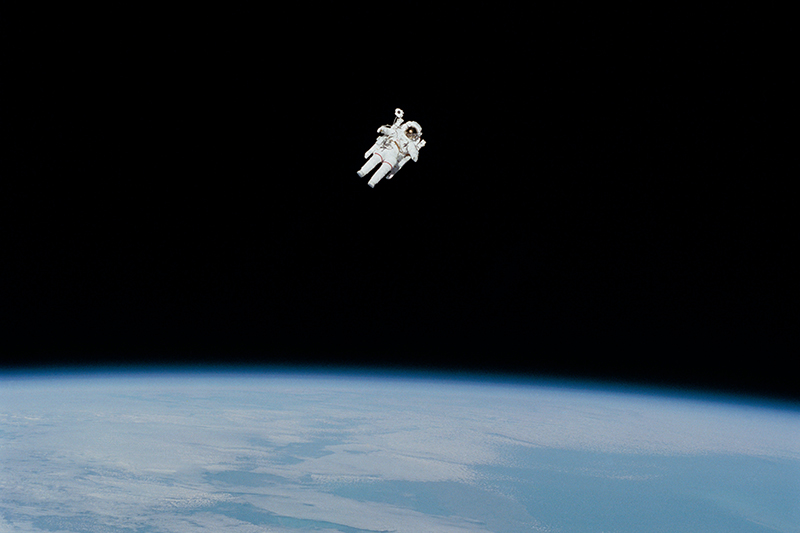
Once space travel had ceased to be science fiction and had become routine, the next step was to fulfil another long-held wish of futurists: to have a “home” in space. This place was to be a centre of operations for manned missions, for supply and experimentation purposes, but also a place of rapid access for humans already accustomed to flying in space.
This is how space stations were conceived, deployed by both the United States and the former Soviet Union. The first in operations were the Salyut Soviets, to later appear the skylab United States. But the most important, both in terms of history and importance, are the station MIR and the International Space Station, the only one currently in operation.
To learn more about the main space stations that have been built, the MIR and the International Space Station, enter their respective subsections through the side columns.
 The International Space Station has served as a permanent base in space and a supply center for ships destined for more distant destinations.
The International Space Station has served as a permanent base in space and a supply center for ships destined for more distant destinations.
Until now, a large number of experiments have been carried out on the ISS, and there are astronauts permanently living there until they are relieved on a future mission.
In addition to this, there are already plans to build new space stations, but for tourist purposes, a trend that hopes to become widespread in the future, once orbital flights are accessible to an increasing public.

